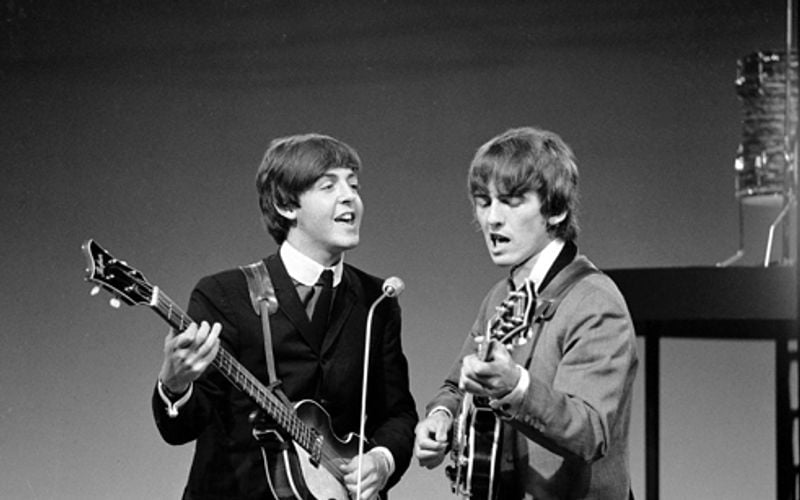No other musical artist has accrued a legacy on par with The Beatles. Spawning out of Liverpool in 1960, the Fab Four forged some of the greatest songs of all time, changed recording and engineering forever, and captured the counterculture of the era. Though their fandom isn’t quite as it was in the mid-1960s, they’re still widely considered to be the most important and influential band of all time.
Given their mammoth reputation, it’s difficult to imagine any band or artist considering themselves too good to support them on stage. Now, the idea of performing alongside a Beatle would be an absolute honour to even the most established musicians and a pipedream to most. But, back in 1963, Roy Orbison didn’t hold the Liverpudlian lads in the same regard as we do now.
Though they would lose their zest for touring by 1966, The Beatles spent the earlier part of the decade out on the road. In 1963, they took to stages across England, first with support act Helen Shapiro, then alongside Tommy Roe and Chris Montez, and finally, with Roy Orbison. The latter was set to headline the dates after finding fame in the early 1960s with tracks like ‘Crying’ and ‘In Dreams’.
Much to Orbison’s dismay, Beatlemania was on the rise and the singer was quickly toppled from his solo headline spot. “We soon took over as top of the bill,” George Harrison explained in The Beatles Anthology, “We had to come on after Roy.” The tour became a co-headline, which seemed to panic The Beatles.
“The audience would go wild,” Harrison remembered, “We’d be waiting there and he’d do another big encore and we’d be thinking, ‘How are we going to follow this?’ It was really serious stuff.” While the Fab Four were anxious about how to follow Orbison’s show, their co-headliner was irked by his tour turning into a joint headline.
Still, seemingly accepting the new running order, he begrudgingly went on stage first at the tour’s opening show at the Adelphi in Slough. But things didn’t quite go to plan, at least not for the four lads waiting backstage. Orbison ran through encore after encore after encore, and the crowd just kept wanting more.
Their worries about how to follow Orbison were futile if they couldn’t get him off stage. Eventually, Paul McCartney and John Lennon had to hold him back so that they could get on stage to perform their own early hits, with a setlist that featured the iconic ‘Twist and Shout’ and ‘I Saw Her Standing There’.
Although he may have shown The Beatles up with endless calls for encores, this outpouring of love for Orbison did not reflect back on the Fab Four. Audiences would soon be just as desperate for their encores as they began to carve out their place as the biggest band in the world.
While Orbison’s career trajectory struggled as the decade reached its mid-point, The Beatles only went from strength to strength. They had barely even approached their peak in 1963. Classic albums like Revoler, Sgt. Pepper’s Lonely Hearts Club Band and The White Album were all still to come, and Beatlemania had barely begun. Despite their early anxieties following Orbison on their tour together, The Beatles would soon secure their own insurmountable legacy in music history.



